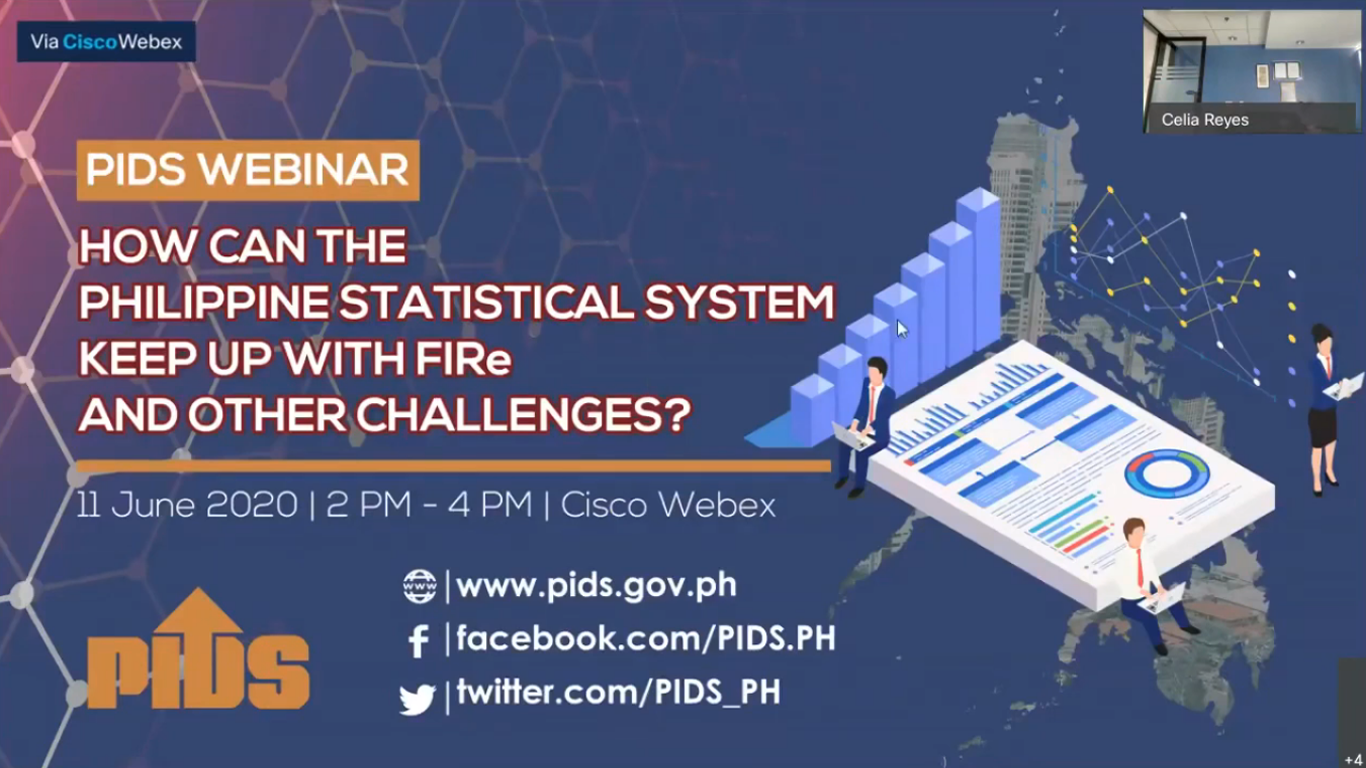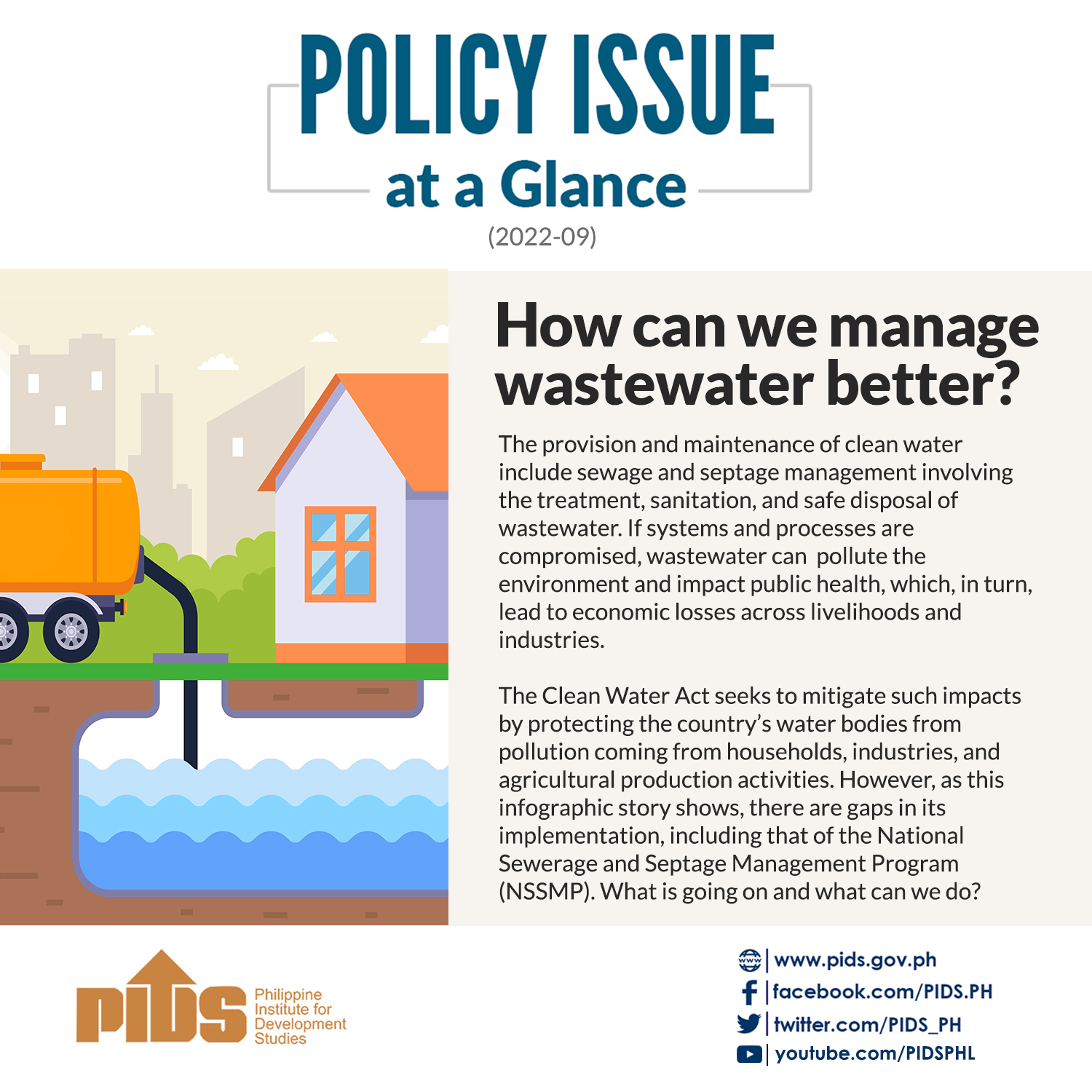Several netizens were alarmed by viral TikTok videos showing teens unable to pronounce English words like “tough,” “preface,” “gauge” in a game.
Sure, English is not our first language, and mastering English is by no means the sole gauge of intelligence or learning.
But the fact is, despite a huge bulk of the basic education curriculum spent on English instruction, many children and teens cannot even learn basic vocabulary, grammar, and reading comprehension skills.
This has manifested in our abysmal rankings in international assessments. In the 2018 Programme for International Student Assessment (PISA), we ranked dead last in reading comprehension, and second to last in math and science.
In the 2019 Trends in International Mathematics and Science Study (TIMSS), we also ranked dead last in math and science. And in the 2019 Southeast Asia Primary Learning Metrics (SEA-PLM), 9 in 10 grade 5 students did not meet the minimum proficiency in reading. That whopping 90% learning poverty rate was so bad it was flagged by the World Bank.
Bad as they were, these learning outcomes got even worse during the pandemic.
There are few studies on this now. But consider a recent study called Philippine Assessment for Learning Loss Solutions (PALLS), conducted in the last quarter of 2022 in 18 private schools, involving grade 1 to 12 students.
It found that the average score was 54.1% in science and 47.5% in math – failing marks given the 60% passing rate, according to the Department of Education. In English, the average was 61.5%.
Of course, one needs to look at whether the sampling was random, and the criteria used to determine the participating schools. Nonetheless, these pandemic-era figures are indicative.
Poor learning outcomes, exacerbated by the pandemic, are making it harder for K to 12 graduates to find and land jobs. This is the finding of a recent “situational report” of the Commission on Human Rights (CHR) on the so-called “school-to-work transition.” (Funny that the CHR should come up with this study first, and not the Commission on Higher Education.)
K+10+2?
The education crisis is so dire. Did the K to 12 basic education reform fail?
Recall that K to 12 was supposed to make high school graduates employable. But instead, K to 12 graduates are found to be unattractive among prospective employers, many of whom still prefer to hire college graduates.
Aside from this, K to 12 did not reverse the strong college-going culture in our society. For many, going to college is still considered a ladder to success, and is quite necessary to advance in life.
A 2020 study by the Philippine Institute for Development Studies (PIDS) showed that only about a fifth of K to 12 graduates entered the labor force upon graduation, while the vast majority of 70% pursued college.
In a bid to reform K to 12, on April 27, 2023, Pampanga Representative and former president Gloria Macapagal-Arroyo filed a bill aiming to tweak K to 12 into “K+10+2.”
She meant that the number of years in elementary and high school ought to be limited to 10 years – just like before K to 12 – but those wishing to undertake professional courses later need to undergo an extra two years.
The idea is to create a shorter education path for some people who wish to work straight after high school. Said in the explanatory note of the bill, “There should be an option for the young to graduate from basic education soonest, after four years of high school, so that they can help their parents in their farms of micro-businesses.”
On the one hand, you may argue that going back to four years of high school should be okay, since we had that for decades anyway, and many graduates of that system turned out to be successful later on.
In addition, some studies suggest that it’s not the length of education that matters, but the quality of instruction. Studies like the 2019 TIMMS showed that although the Philippines spends the most time in science instruction in the world in a school year (based on their sample), the extra hours aren’t really translating to better scores.
But will K+10+2 reform K to 12, and make our graduates more employable? I doubt it.
So long as college serves as a valuable signal to future employers, and so long as finishing college affords one a higher wage (or “wage premium”) over someone who just finished high school, teens will want to pursue college and will end up studying for 12 years from elementary to pre-college. More or less the status quo will prevail. K+10+2=K+12.
At the same time, I don’t think a significant portion of teens will want to “help their parents in their farms of micro-businesses” when the higher-paying jobs are in urban centers with plenty of service sector jobs.
Why not just improve the senior high school system to make sure that those choosing the Technical-Vocational-Livelihood Strand are better equipped with practical knowledge and skills by the time they graduate?
What will work?
I feel that more and more people are growing concerned about our education system, and that more groups are coming forward to propose reforms to K to 12. That’s good. It’s high time we did that.
But reforming K to 12 requires not merely tinkering with the duration of basic education. More than anything, we need to drill down on the quality of education.
But how will that happen if there’s a perverse system of “mass promotion” where, in the name of throughput, teachers are incentivized to allow children to move to higher grades even if such children can’t read or write?
How will that happen when classroom and other educational shortages remain huge?
How will that happen if many teachers are overworked and burdened with too many administrative tasks?
How will that happen if certain personalities in the Department of Education continue to deny or minimize the extent of the present crisis, and don’t look hard and deep into the data?
Thankfully, there are proposals to revamp various aspects of the K to 12 curriculum. For instance, here’s the link to the Department of Education’s “shaping paper” for its Araling Panlipunan (Social Studies) curriculum, now up for public comments.
As well, the Second Congressional Commission on Education (EDCOM II) is doing a thorough review of our education system as we speak. I hope their findings push the President, the Vice President (who’s also the education secretary), and the rest of the government to urgently act before the education crisis deepens any further.












